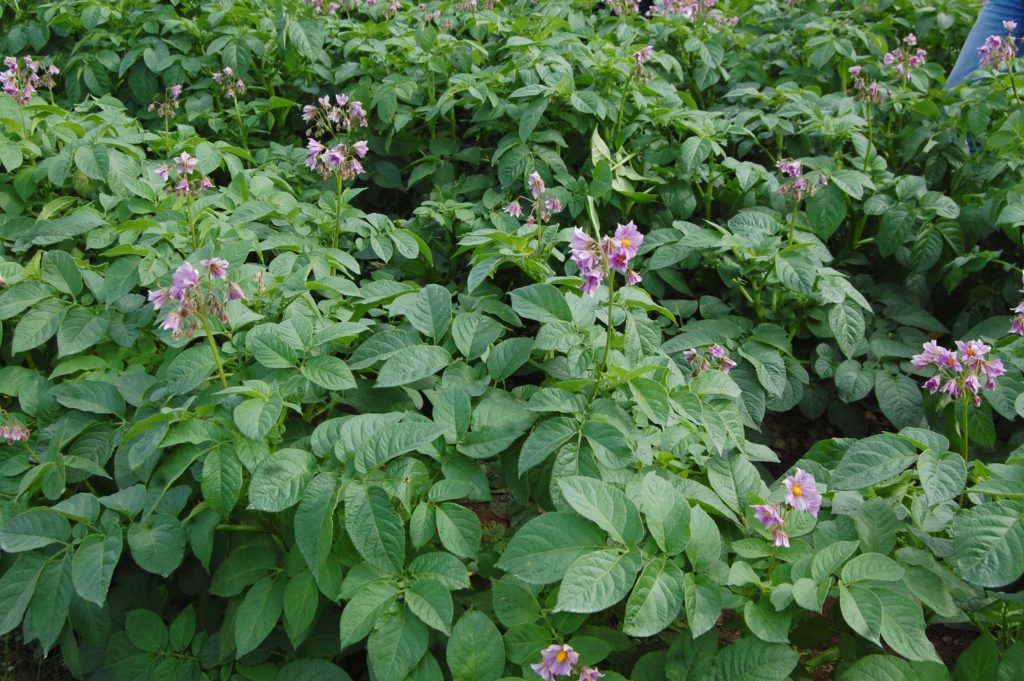It is obvious to me that the Department of Agriculture, Food and the Marine (DAFM) will have to fund a potato blight public awareness campaign in 2024.
The background to the proposed initiative is as follows:
Irish potato growers will be forced to double their spending on expensive fungicides, now and into the future, given the fast-evolving threat posed by Phytophora infestans.
The overall bill will come in at millions of euros – but, it all could be for nothing because of the inherent blight threat posed by hobby growers of potatoes in their allotments and back gardens.
The reality is, that the few drills of potatoes grown in these locations are, invariably, not sprayed for blight and will act as reservoirs for the new and potent strains of the disease-causing fungus that have been identified across Ireland over recent months.
So, the threat to the commercial potato sector is both obvious and imminent.
All the investments made by farmers in producing commercial potato crops of the highest quality could be put at risk by the activities of a few hobby growers, working away in an allotment or back garden scenario.

No one is suggesting for a moment that people growing potatoes for their own use should be prevented from doing so; but they should be made fully aware of the threat posed by blight to the potato sector as a whole.
In my opinion, it’s up to DAFM to fund a public awareness campaign with this core objective in mind, and he clock is ticking.
DAFM already undertakes fundamentally important communications-related activities where the likes of health and safety on farms and the threat posed to the poultry sector by avian influenza are concerned, so why not act in a similar way in order to retain the integrity of the potato industry?
A potato blight public awareness campaign should act to highlight the significance of blight for all potato growers – it should also communicate the symptoms of the disease.
Specifically, hobby growers should be encouraged to monitor their potato plants for signs of blight throughout the growing season.
Infected leaves should be removed immediately upon identification and, if required, affected plants should be taken out altogether.
Hobby growers do not have access to blight chemicals, so spraying crops in gardens or allotments is not a feasible option.

All potato growers should be actively encouraged to send infected leaf samples to Teagasc, so as to allow scientists identify the specific strains of blight that are in Northern Ireland at any particular time.
It is important that the samples submitted have not been treated with a fungicide, as this will help the potato sector as a whole to formulate bespoke blight prevention strategies within commercial crops.
Meanwhile, the threat posed by new strains of blight to the potato sector as a whole cannot be under estimated.
